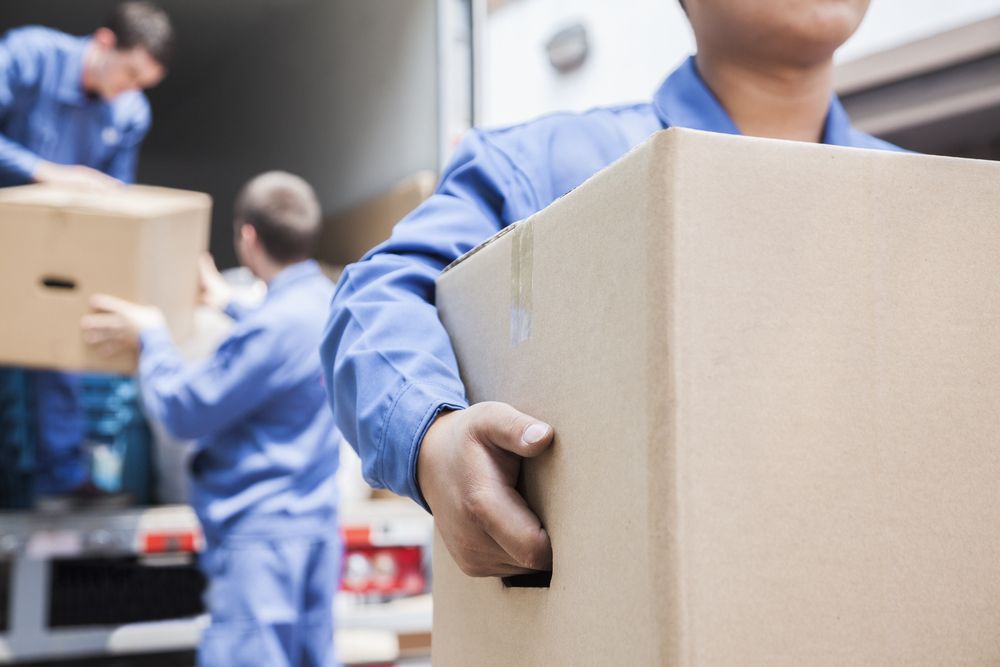How a Careful Process Makes an Easier Moving Day

Moving can be an overwhelming experience, but understanding how to avoid pitfalls can make your transition smoother. From hiring a reliable residential removalist to efficiently organising your packing, taking a proactive approach is essential.
1. What to Look For in a Residential Removalist
When searching for a residential removalist, it's essential to consider their experience in the industry. A removalist with years of experience is likely to handle your move more efficiently and professionally. Make sure to enquire about the services offered by the residential removalist.
Another crucial aspect to consider is the insurance coverage provided by the residential removalist. It is important to ensure that your belongings are protected in case of any accidental damage during the move. Customer reviews can also give you valuable insights into the reliability and quality of service offered by the removalist.
Pricing is another factor that should not be overlooked when hiring a residential removalist. Compare quotes from different removalists to find a balance between affordability and quality service. By considering these factors, you can ensure a smooth and stress-free moving experience with a reputable residential removalist.
2. Planning Your Move Efficiently
Setting a budget for your move is crucial to avoid overspending and financial stress. Make a checklist of tasks that need to be completed before moving day to stay organised and on track. Decluttering your belongings before packing can save time and effort during the moving process.
Make sure to gather all the necessary packing supplies such as boxes, tape, bubble wrap and markers. Properly scheduling your move and allocating enough time for each task can help prevent last-minute rush and chaos. By planning your move efficiently, you can make the moving day process as smooth as possible.
Remember that careful planning and preparation are key to a successful and stress-free move, so take the time to plan ahead and make necessary arrangements to ensure a smooth transition to your new home.
3. Avoiding Common Packing Mistakes
One of the most common packing mistakes is not labelling boxes properly, which can lead to confusion and difficulty in unpacking. Overpacking boxes can make them heavy and prone to damage, so avoid putting too many items in one box. Fragile items should be handled with care and packed separately with appropriate cushioning materials.
Using the wrong packing materials, such as newspaper instead of bubble wrap, can result in damage to your belongings during transit. Be mindful of packing heavy items at the bottom of boxes and lighter items on top to prevent breakage. By avoiding these common packing mistakes, you can ensure that your belongings arrive safely at your new home.
Take the time to pack strategically and securely to avoid any unnecessary stress or damage to your possessions during the moving process. Proper packing can make a significant difference in the overall success of your move, so pay attention to detail and pack with care.
4. Handling Fragile Items Safely
When it comes to handling fragile items, it is important to use proper packing techniques to prevent breakage. Wrap delicate items individually with bubble wrap or packing paper, and secure them in sturdy boxes. Transport fragile items with caution and avoid placing heavy objects on top of them.
Once you arrive at your new home, unpack fragile items carefully and place them in designated areas to prevent damage. If you are unsure about packing fragile items yourself, consider seeking professional help from a residential removalist who specialises in handling delicate belongings. Taking these precautions can help you avoid costly mistakes and ensure the safety of your fragile items during the move.
Remember that fragile items require extra attention and care during the packing and moving process, so do not rush or overlook proper handling techniques. By prioritising the safety of your fragile items, you can minimise the risks of damage and ensure that they arrive intact at your new home.
5. Dealing With Furniture and Appliances
According to Dynamic Business, every year, Australians toss out 50,000 tonnes of low-quality furniture at the kerbside, most of which ends up in landfills. There are ways to move your furniture safely and securely without the need for waste. Before moving furniture, consider disassembling large pieces to make them easier to transport and manoeuvre. Wrap furniture with protective materials such as blankets or plastic covers to prevent scratches and damage. When moving heavy appliances, enlist the help of professionals to ensure safe and secure transportation.
Handle electronics with care by packing them in their original boxes or secure packaging to avoid damage during transit. Once you arrive at your new home, carefully install furniture and appliances in their designated locations. By taking the necessary precautions, you can avoid common pitfalls and mishaps when dealing with furniture and appliances.
Remember to plan ahead and make necessary arrangements for moving furniture and appliances to avoid last-minute stress and potential damage. By following these tips and guidelines, you can ensure a smooth and efficient moving process for your household items.
6. Setting Up Your New Home
When unpacking, start with essential items such as toiletries, bedding and kitchen essentials to make your new home functional. Organise rooms according to your plan and make adjustments as needed to create a comfortable living space. Check utilities such as electricity, water and heating to ensure everything is in working order.
If you notice any damages or repairs needed in your new home, address them promptly to avoid further issues down the road. Take the time to make necessary repairs or improvements to create a safe and welcoming environment for you and your family. Once everything is in place, take a moment to relax and enjoy your new home.
Setting up your new home can be a rewarding experience, so take the time to settle in and familiarise yourself with your surroundings. By following these steps and guidelines, you can make the transition to your new home smooth and seamless, allowing you to focus on creating lasting memories in your new living space.
Overall, moving day requires careful planning, organisation and attention to detail. By hiring a reputable residential removalist and following best practices for packing, handling fragile items and setting up your new home, you can ensure a stress-free and successful move.
Preparing for moving day involves careful planning and organisation to ensure everything goes smoothly. Start by decluttering your home — donate or sell items you no longer need. Next, gather packing supplies like boxes, tape, markers and bubble wrap. Label each box clearly with its contents and the room it belongs to. Aim to pack non-essential items early, leaving daily essentials for last. Notify relevant organisations of your address change, including utilities, banks and the post office.
Arrange for electricity, gas and internet to be connected at your new address before you arrive. Book a removalist well in advance, especially if moving during peak times. On the day, keep important documents, valuables and a basic overnight bag with you. Don’t forget to do a final clean and take photos of the property for records. With preparation and a checklist, moving day can be much less stressful.
Remember to prioritise safety, communication and efficiency throughout the moving process to minimise risks and maximise the enjoyment of your new home. Reach out to O'Grady's Transport & Removals to see how we can help your moving process.












